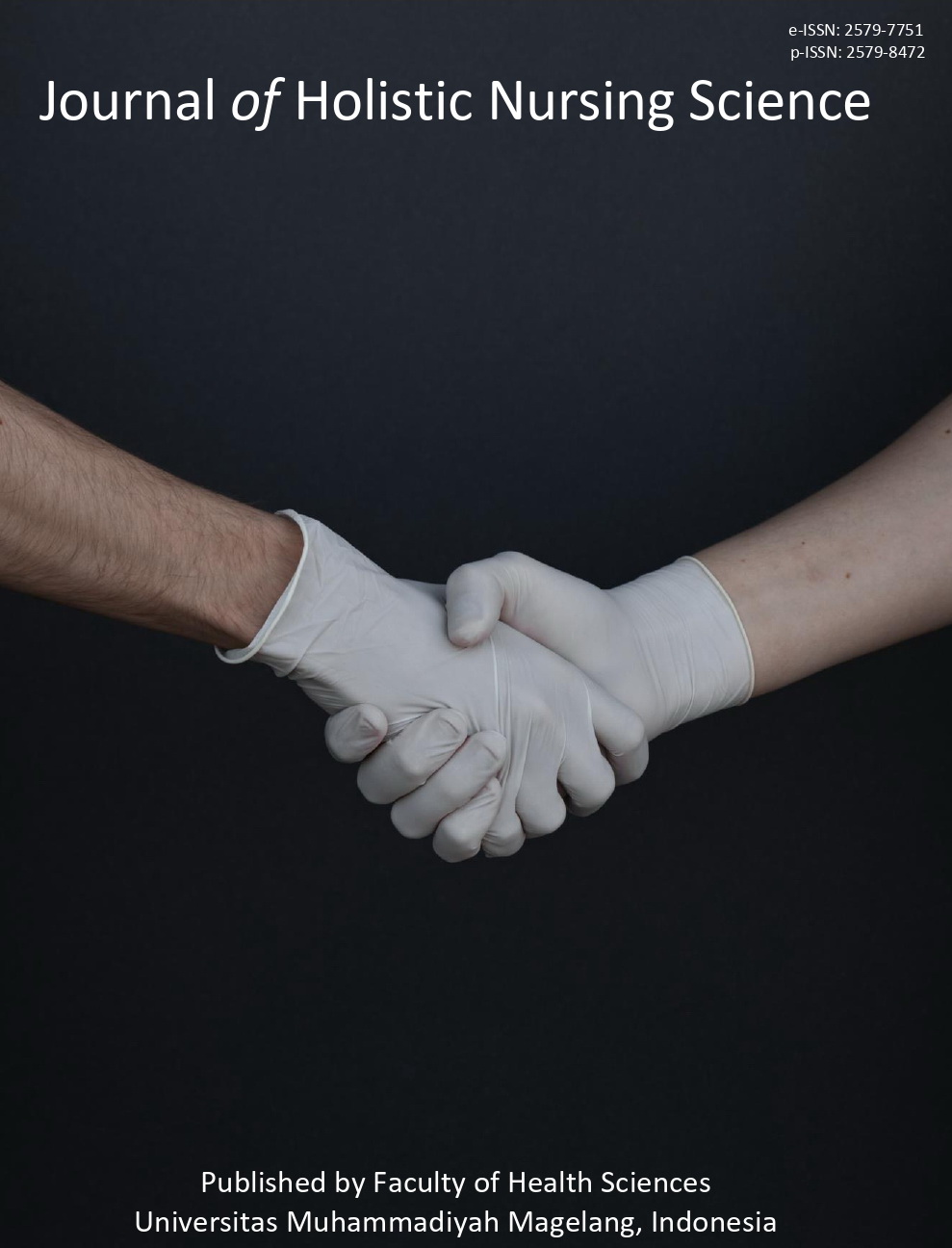A systematic review of using telenursing health education among families who have patients with physical impairments
Main Article Content
Abstract
Many families care for patients with impaired physical mobility independently at home; stable patients or with special considerations are usually allowed to go home by the hospital and continue treatment at home. The telenursing application is one of the interventions that can be implemented to help increase the knowledge and skills of families caring for patients at home. This study aimed to determine the implementation model of telenursing educational applications for families caring for patients with impaired physical mobility at home. This research is a literature study using the PRISMA approach. A systematic review using PICO. The database searches used were Google Scholar, PubMed, Crossref, ScienceDirect, and Wiley Online Library with the keywords telenursing OR telehealth OR mobile application AND physical immobility OR physical mobility impairment OR physical mobility disruption AND therapy AND the family caregiver. From the six research articles reviewed, it was found that the telenursing application is an implementation that can be applied to increase the knowledge and skills of families caring for sick family members at home. Interventions include education and training in audio, video, text, film, and consultation. The media used is WhatsApp, websites, telephones, and other cellular telecommunication-based applications. Telenursing applications are the best solution to help families caring for patients with impaired physical mobility at home.
Keywords: Telenursing; physical impairments; health education; family caregiver; telenursing
Downloads
Article Details

This work is licensed under a Creative Commons Attribution-NonCommercial 4.0 International License.
Authors who publish their articles in JHNS retain full copyright of their work. JHNS does not require authors to transfer their copyright to the journal or Universitas Muhammadiyah Magelang as the publisher. The authors grant JHNS a license for the first publication.
